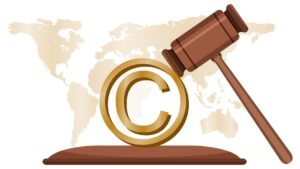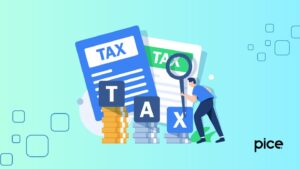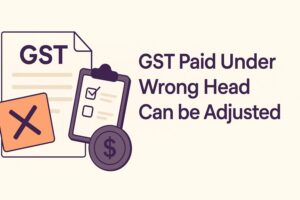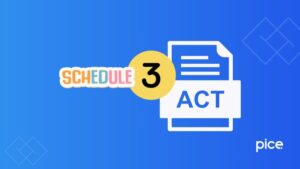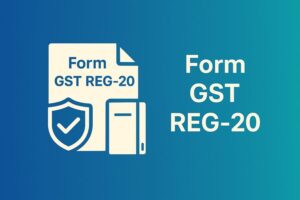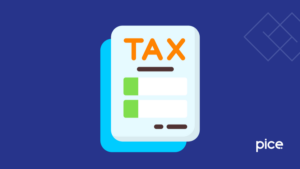Understanding Payment of Tax Under GST
- 26 Nov 24
- 10 mins
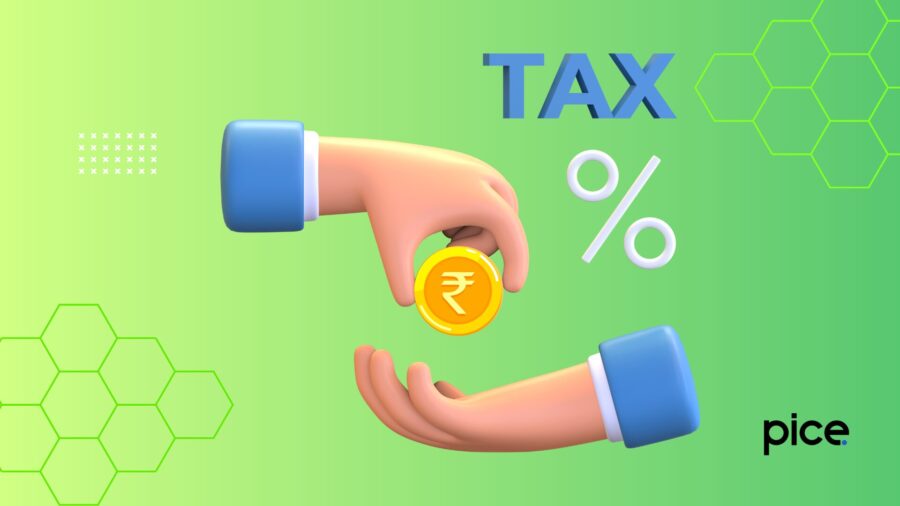
Understanding Payment of Tax Under GST
- What Are Payments to Be Made Under GST?
- How to Calculate the GST Payment to Be Made?
- Electronic Ledgers
- Manner of Utilisation and Cross-utilisation of ITC
- Interest on Delayed Payments
- GST Payment Forms
- How to Make a GST Payment?
- What Is the Penalty for Non-payment or Delayed Payment?
- What Is the Time Limit for Claiming the Refund?
- How to Claim GST Refund?
- Conclusion
Key Takeaways
- GST payments include IGST, CGST, SGST, TDS, TCS, and reverse charge components.
- Calculate GST by deducting ITC from outward tax liability, adding interest and penalties if applicable.
- Manage GST compliance with electronic ledgers for liabilities, credits, and cash payments.
- Delayed GST payments incur 18% interest and penalties of ₹10,000, or 10% of the shortfall.
- Claim GST refunds within 2 years using Form RFD 01, certified by a Chartered Accountant.
Payment of tax under GST varies based on the type of supply made. The payment system differs for interstate and intrastate supplies based on the applicable GST. It furthermore differs based on the type of taxpayer, such as a regular or composite taxpayer.
Learn elaborately about the different types of GST payments to make informed decisions. You can additionally understand the payment method based on whether you are a regular taxpayer or a taxpayer under the composition scheme.
What Are Payments to Be Made Under GST?
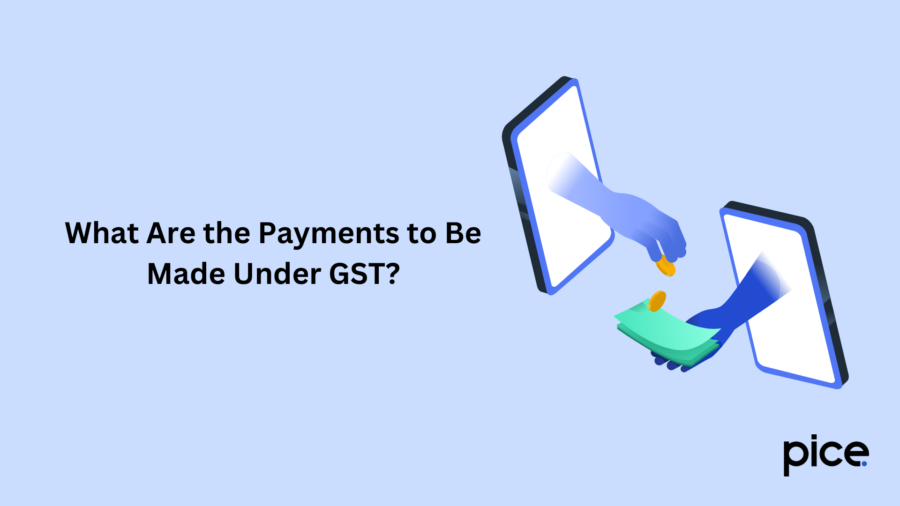
The payments to be made under GST are as follows:
- IGST (Integrated Goods and Services Tax): You need to pay IGST for interstate supplies.
- CGST (Central Goods and Services Tax): You need to pay CGST to the Central Government for intrastate transactions.
- SGST (State Goods and Services Tax): SGST is paid to the state government for intrastate transactions.
Here is an illustration of circumstances when the above-mentioned taxes need to be paid:
| Circumstances | CGST | SGST | IGST |
| Goods sold from Delhi to Mumbai | No | No | Yes |
| Goods supplied within Mumbai | Yes | Yes | No |
| Goods sold from Mumbai to Pune | Yes | Yes | No |
In addition to the above-mentioned taxes, a dealer needs to make the following payments:
- Tax Deducted at Source (TDS): A dealer needs to deduct TDS before paying suppliers. For instance, if a government agency assigns a road-laying contract to a builder, then the government agency has to deduct 1% TDS before making payments to the builder.
- Tax Collected at Source (TCS): Dealers selling goods and services through an e-commerce aggregator will receive payments after a 2% TCS deduction.
- Reverse Charge: Under the reverse charge mechanism, the receiver of goods and services is liable to pay taxes instead of the supplier.
- Interest, Penalty, and Fees: Suppliers need to pay penalties and interests for delayed tax payments to the government.
How to Calculate the GST Payment to Be Made?
To calculate the total amount of GST payable, you need to deduct the input tax credit (ITC) from the outward tax liability. Further, you need to add interest and late fees after deducting TDS/TCS to derive the final amount.
However, you cannot claim ITC on interest and late fees, which you need to pay in cash. Here are the ways to calculate the total amount for different dealers:
Regular Dealer:
A regular dealer can claim ITC on the purchases while paying GST on the outward supplies. The amount of GST payable is the difference between outward tax liability and the ITC for a regular dealer.
Composition Dealer:
A dealer who opts for a composition scheme has to pay a fixed percentage of GST on the total outward supplies. However, the GST amount varies based on the type of business of the composition dealer.
Electronic Ledgers
Electronic ledgers help track tax liabilities maintained on a real-time basis. Here are the three types of electronic ledgers:
Electronic Liability Ledger
This type of ledger is also known as an electronic tax liability register and reflects a taxpayer's gross tax liability on form GST PMT-01 on the GST portal.
Here are the liabilities that this ledger includes:
- The tax, interest, late fees or any other amount payable
- Any tax and interest payable due to a mismatch of ITC or outward tax liability
- Interest accrued from time to time
- The reversal of ITC or interest
The taxpayer needs to settle the liabilities in the following way:
- Self-assessed tax and other dues such as interest, penalty, fees or any other tax payable related to the previous tax period returns
- Self-assessed tax and any other due relating to the current tax period return
- If any other amount is payable under the act/rules
Electronic Credit Ledger
This ledger is also known as an electronic input tax credit ledger and records all the tax payments made during a supply chain. It includes the ITC claims and can be found on Form GST PMT-02.
This ledger needs to include the following:
- ITC on inward supplies from registered taxpayers
- ITC based on the distribution from input services distributors (ISD)
- ITC on input of stock held or semi-finished and finished goods held in stock
If the taxpayer applies for registration within 30 days, he/she is liable for the following:
- Permissible ITC on inputs held in stock and inputs of semi-finished and finished goods held in stock on the conversion day for composition scheme to regular tax scheme
- ITC on a payment for reverse charge basis
Electronic Cash Ledger
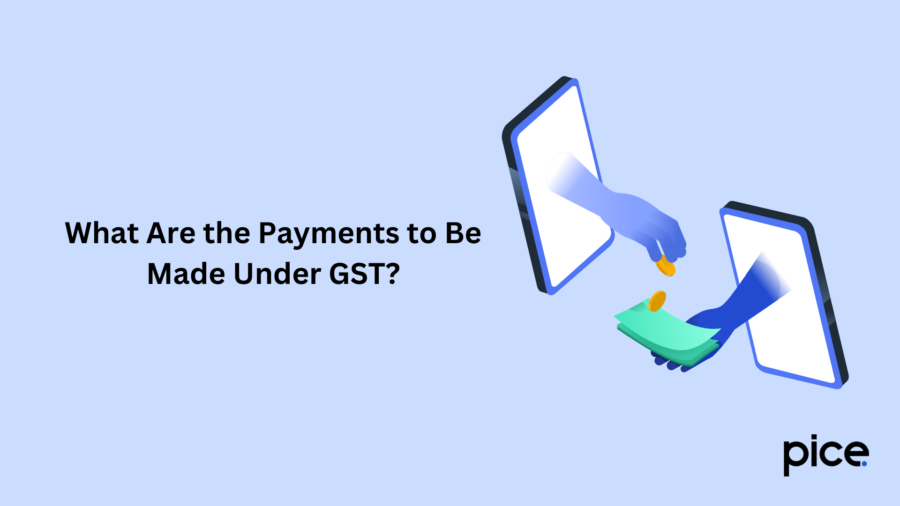
Form GST PMT-05 reflects all amounts of taxes that a taxpayer pays and is known as an electronic cash ledger.
Taxpayers need to generate a challan online using form GST PMT-06 to make a payment. This challan remains valid for 15 days and can be remitted in the modes mentioned below:
- Internet banking using authorised banks
- Credit or debit card using authorised banks
- National Electronic Fund Transfer (NEFT) or Real-Time Gross Settlement (RTGS)
- Over-the-counter (OTC) payment with authorised banks for deposits not exceeding ₹10,000 per challan and per tax period
In addition, the taxpayer is responsible for paying any commission due, wherein the payment date needs to be recorded when the payment is credited to the appropriate government account. Notably, the date when the payment gets debited from the taxpayer's account is not considered.
In case unregistered taxpayers need to make a tax payment, they need to use the online GST portal. However, they will require a temporary identification number, which they have to generate using the portal.
Manner of Utilisation and Cross-utilisation of ITC
You can utilise the input tax credit available on your electronic credit ledger in the following way:
| Input tax on | Utilisation (in the Order Shown) |
| IGST | IGST, CGST, SGST/UTGST |
| CGST | CGST, IGST |
| SGST/UTGST (Union Territory Goods and Services Tax) | SGST/UTGST, IGST |
Interest on Delayed Payments
In case of partial payments or delayed payments, the interest starts accruing the day after the payment is due under Section 50 of the CGST Act. The interest payment is automatic and should be processed voluntarily without demand. This interest rate should not be more than 18%, however, should be determined by the Government based on the GST Council's recommendations.
Nevertheless, if there is an undue or excess ITC claim or undue or excess reduction in output tax liability, the applicable interest rate will be higher. This interest rate should not exceed 24% and needs to be notified by the government.
GST Payment Forms
Here is the list of GST payment forms:
| Form | Short Description | Purpose |
| GST PMT-01 | Electronic tax liability register | This register notes taxes, penalties, fees and interest |
| GST PMT-02 | Electronic credit ledger | Every claim of ITC needs to be credited to this ledger |
| GST PMT-03 | Refund to be recredited | Refund if rejected the amount debited from the electronic credit ledger or electronic cash ledger, as the case may be, will be recredited by order of a proper officer |
| GST PMT-04 | Discrepancy in electronic credit ledger | The errors in the electronic credit ledger are conveyed to an officer using this form |
| GST PMT-05 | Electronic cash ledger | Taxes, interests, penalties and fees to be debited in cash are credited to this ledger |
| GST PMT-06 | Challan for deposit of tax | Generate and pay a challan |
| GST PMT-07 | Application for intimating discrepancy relating to payment | When a taxpayer’s amount is intended to be debited from his/ her account, however, the CIN is pending to be conveyed by the bank to Common Portal or CIN has been generated without the report within 24 hours of debit, this form is used. |
How to Make a GST Payment?
You can make a GST payment in one of the below-mentioned ways:
- Payment Through Credit Ledger
Dealers can take credits from ITC for GST payments. Even though it allows credit for the tax payment, it does not allow utilising ITC credit for interest, penalties, and late fees.
- Payment Through Cash Ledger
You can make GST payments either online or offline by generating a challan on the GST portal. Notably, if the tax liability exceeds ₹10,000, you mandatorily have to pay taxes online.
What Is the Penalty for Non-payment or Delayed Payment?
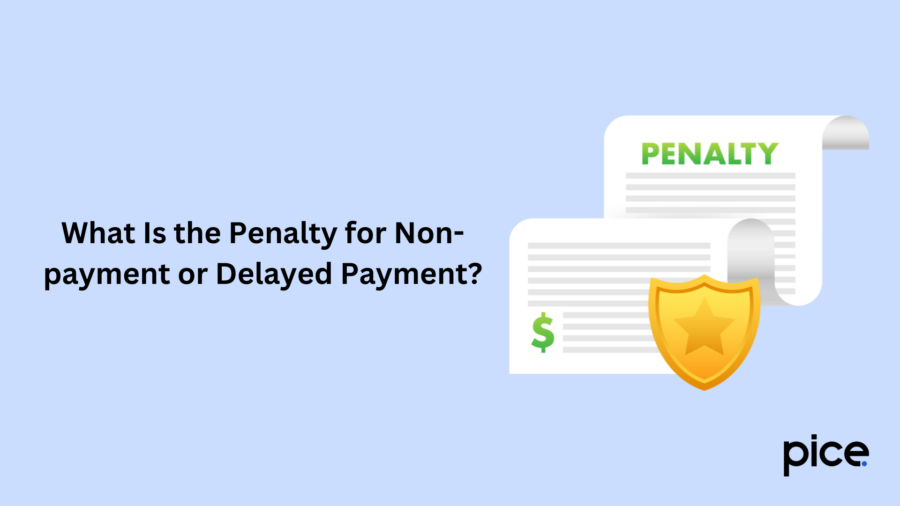
In case GST is unpaid, short-paid, or there is a delay in GST payment, the dealer has to pay an interest rate of 18%. The dealer further needs to pay a penalty amounting to ₹10,000 or 10% of the tax short paid or underpaid, whichever is higher.
What Is the Time Limit for Claiming the Refund?
The time limit to claim a refund is 2 years from the date. However, the relevant dates are as follows:
| Reason for Claiming GST Refund | Relevant Date |
| Excess payment of GST | Date of payment |
| Export or deemed export of goods or services | Date of despatch/loading/passing the frontier |
| ITC accumulates as output is tax-exempt or nil-rated | Last date of the financial year to which the credit belongs |
| Finalisation of provisional assessment | The date on which tax is adjusted |
Notably, if you pay the refund with delay, an interest of 24% is payable by the government.
How to Claim GST Refund?
To claim a GST refund, you need to make a refund application in Form RFD 01 within 2 years from the relevant date. Ensure you certify the form by a chartered accountant for validation.
Conclusion
Payment of tax under GST has a specific timeline. Deviations from the timeline result in payment of interest, late fees and penalties. To avoid paying interests and penalties, ensure you adhere to the timeline for GST payment. This can improve the cash flow for your business for the supply of goods and services.
💡If you want to streamline your payment and make GST payments, consider using the PICE App. Explore the PICE App today and take your business to new heights
 By
By 





